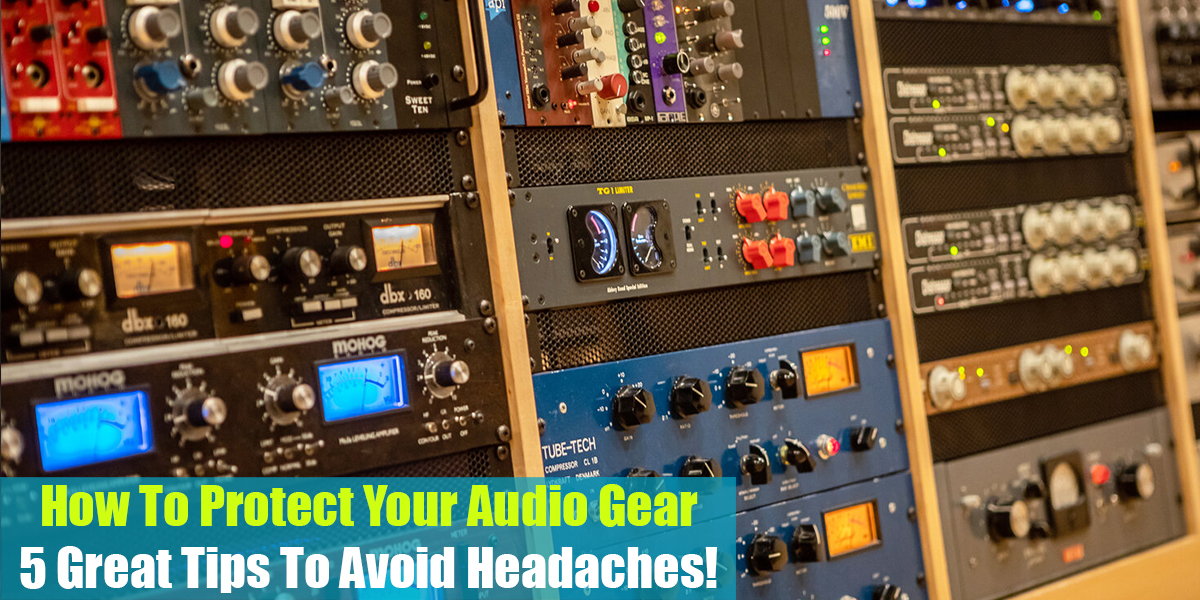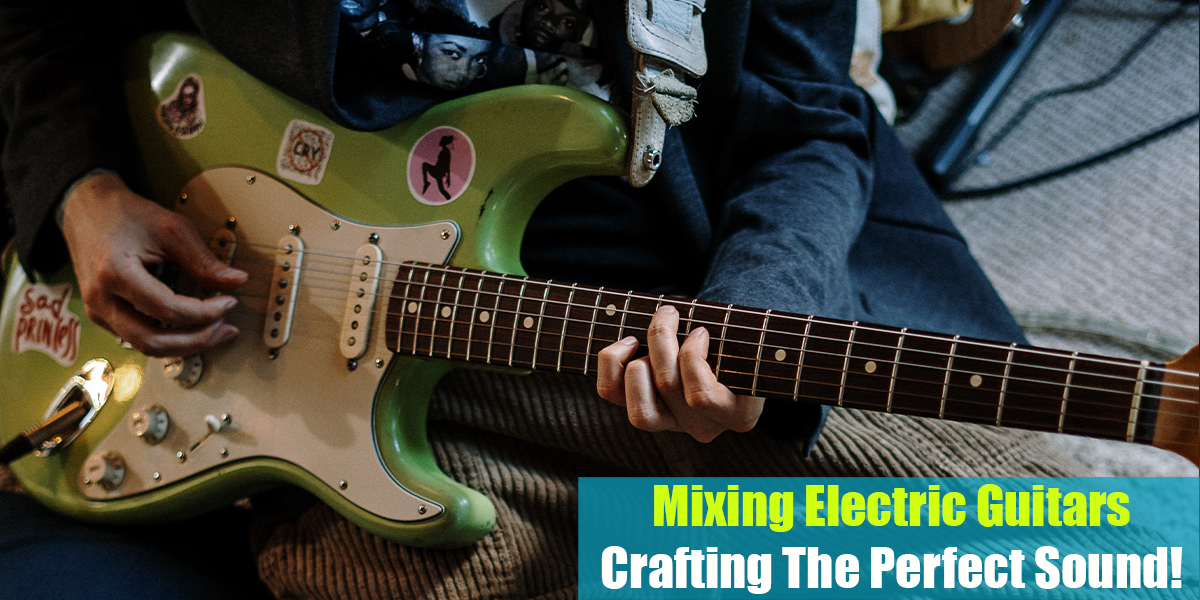What Are Audio Standing Waves
Introduction
It is inevitable that sound waves will interact with the boundaries of a room, whether they reflect off of them, absorb them, or pass through them. Often called room modes, standing waves are caused by reflected waves.
A room can be filled with a gentle sense of ambiance and liveliness if mid and high-frequency waves bounce around it, or it can produce unpleasant artifacts, such as flutter echoes when they bounce around. Low-frequency waves are manifested in a different way when they reflect off room surfaces.
In this article, we will try to share everything we know about standing waves or room modes. We will give you all the details you need to know about them in case you ever face them and you want to know what’s happening.
What are Standing Waves?
A standing wave occurs when two identical waves move in opposite directions along a line, thus resulting in a waveform that does not travel through space or along a string despite (or because of) its two opposite motions.
In the same way as its two component waves, the resulting standing wave oscillates at the same frequency. Rubber bands can be stretched between two fixed points, their centers displaced slightly, and they can vibrate between two extremes to create an easy-to-visualize standing wave.
It is possible to generate standing waves in musical instruments by driving an oscillating medium (such as woodwind reeds) at one end; the standing waves are generated by the original wave and its reflections off the vibrating system’s ends, rather than by two separate component waves.
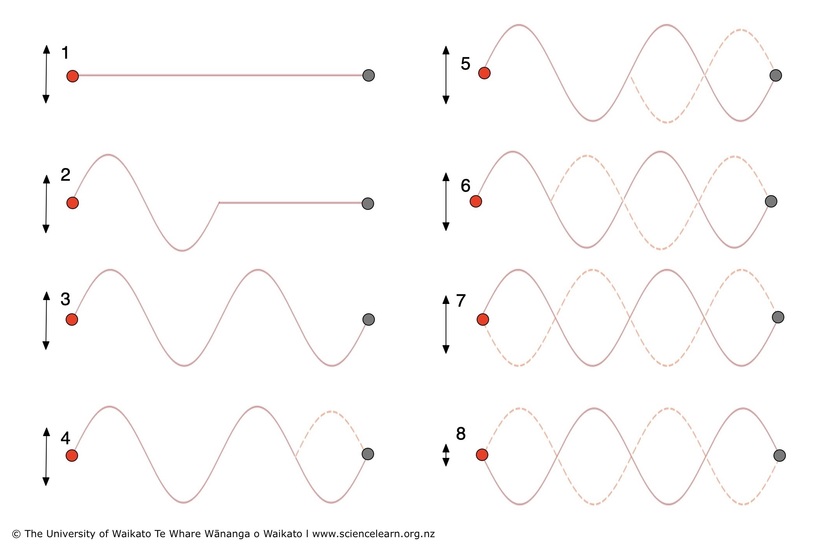
Noticing Standing Waves
The sound of a room is largely influenced by the standing wave modes it has. The experiment can be set up easily so that you can hear them. While you move between the nodes and anti-nodes of a standing wave created by a bass loudspeaker, you’ll find quiet spots and loud spots.
It is common practice to use specialist absorbents in high-end studios to reduce the audibility of the room modes. Similarly, the standing waves in car cabins must be reduced in order to design audio systems for cars.
Reducing the Standing Waves
Even the best rooms experience standing waves; you cannot avoid them. Do you have any suggestions for minimizing this problem? The best way to avoid this is to spread the frequencies out in the spectrum such that they are not too close to each other. Otherwise, they can add up in a room if they are all at the same level of amplitude in the same place.
It is also important that they do not stand too far apart because the frequency response is likely to be affected by an audible “hole”. Taking into account the fact that all room modes do not sound at the same place, this rule can be applied even when we are aware of holes in the frequency response.
You may want to use diffusers if you’re mixing in a larger space. Standing waves are broken up by sound-wave diffusers, which reflect the waves at different angles. The panels are easy to mount on walls and ceilings as needed and can eliminate “flutter echo.”
There is always the possibility of successive, repetitive reflections in the same direction in a room with two parallel surfaces, such as opposing walls or floors and ceilings. This effect is sometimes called “flutter echos,” and it can produce a perception of pitch or timbre when you mix. Additionally, this can reduce the level of understanding. In order to eliminate repetitive reflections, diffusers can reflect sound waves in different directions, breaking up flutter echoes.
Those who are avid readers have an advantage with this acoustic treatment since bookcases stacked with books contain multiple absorbents and different-shaped objects that reduce standing waves and flutter echoes. In the event that your library is to be placed on one or both parallel walls in the room, you may be able to eliminate the need for additional acoustic treatment.
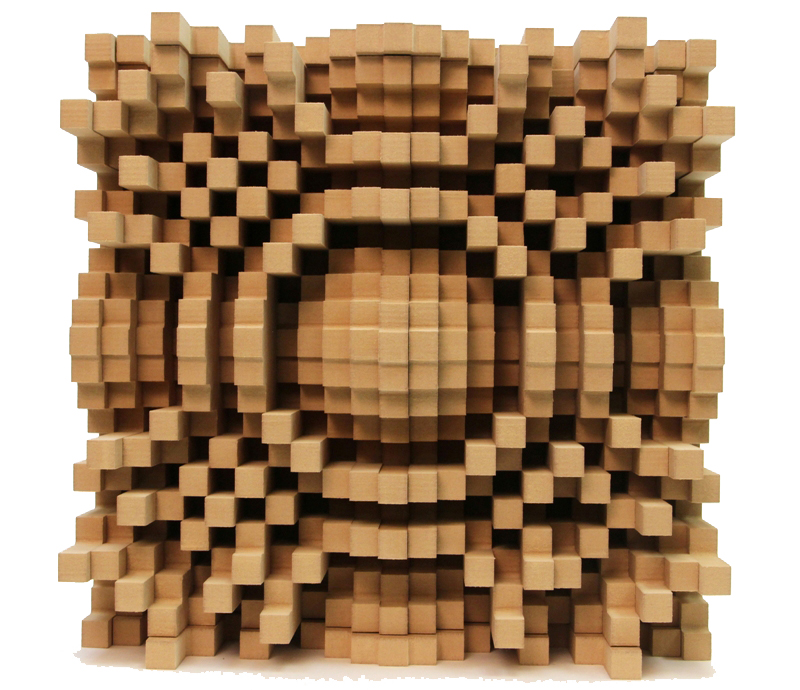
In order to reduce reflections, sound-absorbing materials should be used. Materials that are dense and porous are generally the most effective at absorption. Material that absorbs sound, such as heavy cloth, acoustic foam, pillows, and fiberglass insulation, is an example of absorptive material. In this type of acoustic treatment, energy bouncing around your room at mid- and high frequencies will be reduced significantly.
The easiest way to determine whether and where you need absorption in your room is to clap loudly while sitting in your mixing position. The sound of your clap will reverberate in your room, which is a good indication that you should use some acoustic absorption.
Check your room for any potential reflections that may be causing the sound to be reflected back at you. As a rule of thumb, the walls around you, including the walls behind your studio monitors and the ceiling above you, are the most likely suspects.
There are many different thicknesses of acoustic foam available at your favorite music-equipment retailer, and it is relatively inexpensive. It is generally recommended that 2-inch foam be used to reduce frequencies above 500 Hz; 4-inch foam can be used to reduce frequencies down to 250 Hz. Spray adhesive or tack nails can be used to attach the acoustic foam to walls, regardless of their length or their thickness.
It is possible to attach the foam to a shadow box at your local arts and crafts store if you are concerned about damaging your walls. The foam can now be hung on the wall like a picture once it has been attached to the frame.
The regular and cheap foam that we are talking about above is effective at simply stopping the reflected wave and helping you out with that, but we highly suggest using proper acoustic treatment in your room with acoustic panels that will be crafted to the needs of your room. We cannot point out enough how important the acoustic treatment and we always say that 50% of the great mix is because of the treatment.
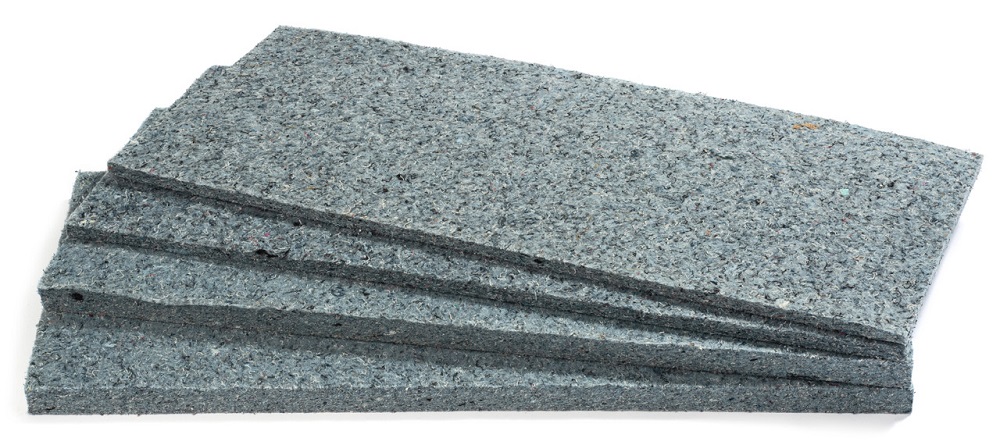
There are several different types of acoustic absorption materials available, but bass traps are primarily used to reduce low-frequency resonance. It is usually adequate to place bass traps at the corners and other boundaries of your room (such as where the wall meets the floor or ceiling), but if you are handy and do not wish to damage your walls, you may be able to make a mobile bass trap by wrapping multiple layers of carpet around a large frame or bookcase and mounting castors on the bottom.
With this system, you can create a mix environment that sounds full without permanently altering the room. If you are looking for other creative ideas for building custom acoustic treatments, our website is a great resource. Below we are going to list several articles that we have on how to create these acoustic treatment units and improve your listening in the mixing room.
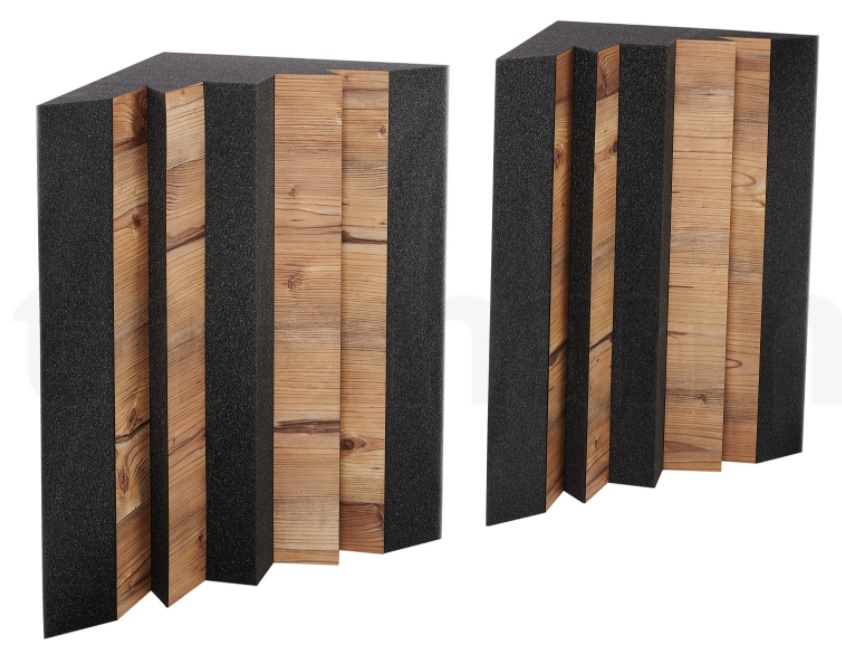
Creating the Perfect Mixing Room
Building a room with what’s known as “golden mean” dimensions can minimize the effects produced by standing waves. The only way to create this effect would be to build the room from scratch, including the height, width, and depth of all the walls.
In this way, there is no overlap of standing waves (at least axially) between the three dimensions at which they form because of these specific combinations of width, depth, and height. As the nodes and antinodes develop, ensure that they are spaced out in the room so that they don’t interact with one another and are balanced out, so that the low-end response is acceptable throughout the room.
No surface dimensions that are multiples of each other would be ideal: 24’L x 16’W x 8’H wouldn’t be ideal, as 24 and 16 are multiples of 8, so harmonics of one set of standing waves would coincide with different harmonics from the other(s), resulting in two or three times more unevenness at low frequencies. The worst possible shape would be the room dimensions of a cube and try to avoid such rooms.
Conclusion
Essentially, standing waves are the result of interference between two waves with similar frequencies and amplitudes. The standing waves are unlike traveling waves because they do not move and instead create patterns of constructive and destructive interference that keep certain points along the wave from moving.
Standing waves play an important role in music by producing harmonics and making certain instruments sound distinctive. It is also crucial to understand standing waves in fields such as acoustics, engineering, and physics since they play a significant role in wave propagation systems.
We will be happy to check out your thoughts on this topic in the comment section if you have any questions.

